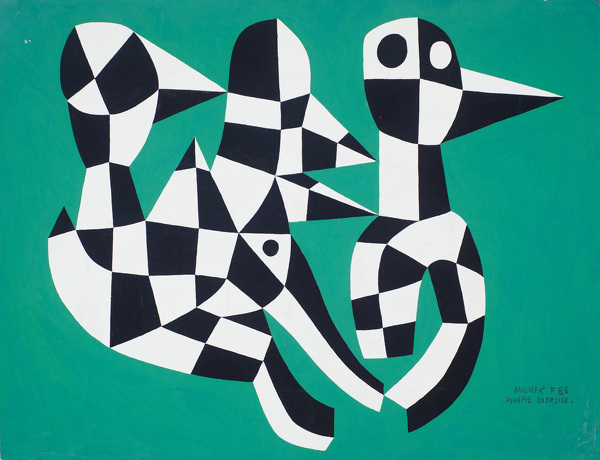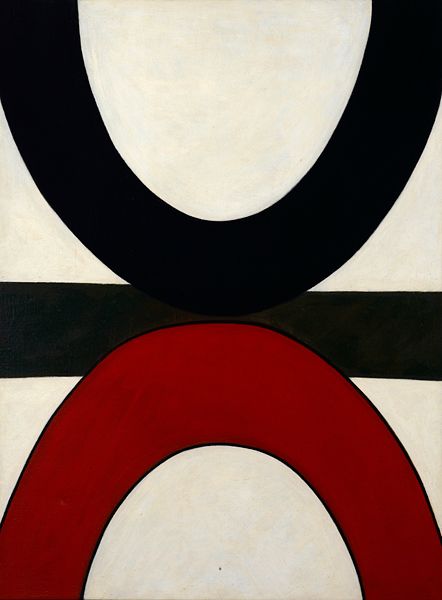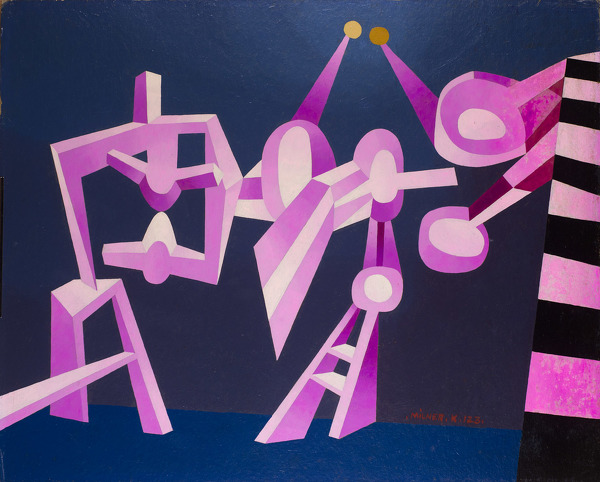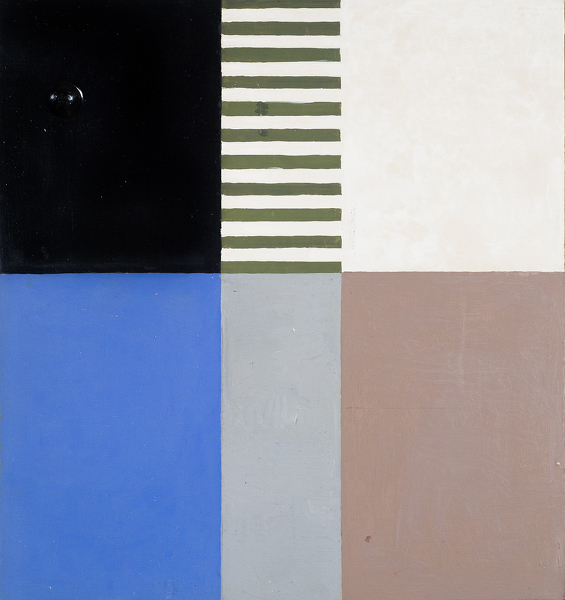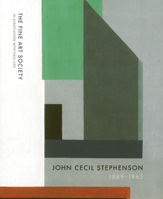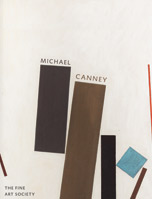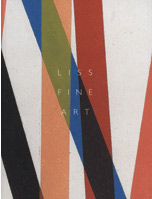British Abstract Art
For two decades Liss Llewellyn have championed some of the lesser known pioneers and unsung heros of 20th Century British Abstract Art. This includes artists such as Jas Wood and R.A. Wilson, who produced pure abstract pictures a full decade earlier than the official birth of abstract art in Britain. Cecil Stephenson, who exhibited alongside Moore, Hepworth, Nicholson and Hitchens and was credited by Herbert Read as being “. . . one of the earliest artists in the country to develop a completely abstract style.” Liss Llewellyn was responsible for the Michael Canney and Cecil Stephenson exhibitions held at The Fine Art Society in March and November 2007.
 British Abstract Art
British Abstract Art

